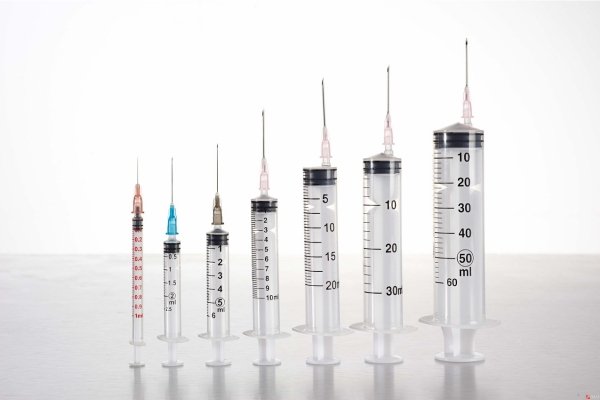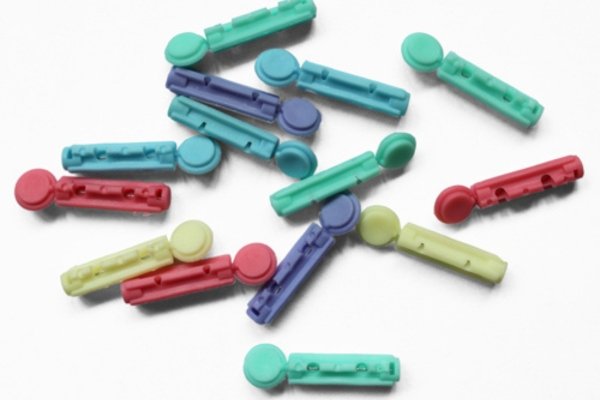As the world becomes more and more health conscious, the need for disposable medical devices has increased. Disposable medical tools have changed the healthcare sector and become crucial to contemporary medical procedures in recent times. These devices are designed to be used once and discarded, providing numerous benefits over traditional reusable devices.

They have the ability to lower the risk of infection transmission, improve patient safety, and save time and money. This article will examine the main advantages of adopting disposable medical equipment, the reasons they are being used more frequently in hospitals around the world, and any potential concerns.
But first;
What Are Medical Disposable Devices?
Disposable medical devices are single-use items used for a variety of procedures, including surgery, diagnosis, and patient care. These devices are made from multiple materials, including plastics, metals, and glass.
The FDA regulates disposable medical devices in the United States. In order to be sold in the US, these devices must meet certain safety and efficacy standards.

There are a variety of disposable medical devices available on the market, ranging from simple items like gauze and bandages to more complex devices like catheters and pacemakers.
Types of Disposable Medical Devices
Many disposable medical devices exist, from syringes and needles to IV catheters and gloves. These devices are used in various medical settings, from hospitals and clinics to home health care. Each type of device has its specific use, and choosing the correct device for a particular procedure is critical to ensuring patient safety.

Some of the most common types of disposable medical devices include:
- Syringes and syringe needle
- IV catheters
- Gloves
- Masks
- Gowns
- Booties
- Drapes
- Tubing
- Suture
- Urine bag
So, Why Use Disposable Medical Devices?
In order to provide patients with high-quality care, disposable medical devices are crucial to the healthcare system. What else? Let’s find out!
1. Reduces Infection Risk
One of the significant benefits of using disposable medical devices is that they reduce the risk of infection. Infections in healthcare settings can be severe and sometimes life-threatening. According to the Centers for Disease Control and Prevention (CDC), hospital patients had at minimum one healthcare-associated infection in about 1 in 31 cases at any given time.

Medical supplies that are intended to be used only once include gloves, needles, syringes, urine bag, blood lance, catheters, ostomy bag , and surgical masks. They are replaced with new ones for use with following patients after being utilized. This reduces the risk of infection transmission between patients, which is a significant benefit in healthcare settings.
Reusable medical devices require meticulous cleaning and disinfection to prevent infections. However, even with proper cleaning and disinfection, there is still a risk of disease transmission. In contrast, disposable medical devices eliminate the need for cleaning and disinfection, thus reducing the risk of infection transmission.
2. Saves Time and Resources
Disposable medical equipment eliminates the need for costly and time-consuming cleaning and sterilizing. This frees up healthcare personnel’ time so they may devote it to caring for patients rather than cleaning and maintaining medical equipment.
Also, these tools are frequently pre-packaged and prepared for usage, which saves valuable time for medical personnel. This can be especially beneficial in emergencies where time is of the essence.
Disposable medical devices are also readily available and can be easily replaced. This eliminates the need for storage and inventory management of reusable devices, which can be time-consuming and expensive.
3. Improves Patient Safety
Disposable medical devices are manufactured to strict safety standards and are designed to be used only once. This ensures patients receive high-quality care and reduces the risk of complications or adverse events.
Furthermore, disposable medical devices are often designed with patient comfort in mind. For example, disposable needles are typically thinner and sharper than reusable needles, which can reduce pain and discomfort during injections.
Also, disposable surgical instruments, such as scalpels, forceps, and scissors, are designed to be sharp and sterile, which reduces the risk of tissue damage and infections.
Disposable catheters are also associated with improved patient outcomes. For example, they reduce the risk of catheter-associated urinary tract infections and improve patient comfort. Moreover, disposable catheters lessen the need for invasive procedures, which can be painful and uncomfortable for patients.
4. Increases Efficiency
Disposable medical devices are easy to use and require minimal training, which can help to improve efficiency in healthcare settings. This can lead to faster diagnosis, treatment and, ultimately, better patient outcomes.

5. Saves Money
Although first appearing to be pricey, disposable medical gadgets can end up saving healthcare organizations money. This is due to the fact that they do away with the need for pricey cleaning and sterilization of equipment as well as the expenses associated with preserving and replacing reusable devices. In the end, disposable devices can reduce the risk of expensive infections and litigation.
Also, unlike reusables, disposable medical devices do not need sterilization to be safe for many individuals. Reusable devices often need decontamination equipment, which means machine maintenance, which comes at a cost. While disposables offer similar help yet no extras like decontaminators are required. So as a practitioner, you’ll continue cutting costs even after switching to disposables.
Moreover, disposable devices can reduce the risk of infection transmission resulting in fewer hospital-acquired infections and lower healthcare. For example, according to a study, the use of disposable urinary catheters resulted in reduction in catheter-associated urinary tract infections compared to reusable catheters.
6. Great Innovation
Disposable medical devices are often designed with the latest technology and innovation in mind. This means that medical professionals have access to the most advanced tools and devices, which can improve patient outcomes and lead to better overall healthcare.
7. Environmental Benefits
Disposable medical gadgets can nevertheless be advantageous for the environment even though they are made for single use. Disposable devices are typically made of plastic, which is recyclable. This means they can be reused for other purposes, such as producing new plastic products.
Moreover, disposable medical devices can reduce the use of energy required for cleaning and disinfecting reusable devices. This can have a significant environmental impact, particularly in areas where water is scarce.
8. Decontamination
A crucial step in ensuring that medical instruments are free of pollutants like bacteria, viruses, and other hazardous microbes is decontamination. Reusable medical devices require thorough cleaning and sterilization between uses, which can be time-consuming and expensive. In contrast, disposable medical devices are designed for single use and are then discarded, eliminating the need for decontamination. This reduces the risk of contamination and helps maintain a sterile environment in healthcare settings.

9. Record Keeping
Traceability or record keeping is an essential aspect of healthcare quality control that ensures that medical devices are accounted for throughout their lifecycle. Disposable medical devices are often individually packaged and labeled, making tracking their use and disposal easier. This enables medical professionals to monitor the devices’ quality and identify any issues or defects. Additionally, traceability can aid in the identification of potential hazards, allowing for quick recalls if necessary.
10. Logistics of Supply
Disposable medical devices are often designed for mass production, making them easier to obtain and distribute than their reusable counterparts. This is particularly important in emergencies or when demand for medical supplies is a sudden surge. Additionally, because disposable medical devices are designed for single use, healthcare facilities do not need to invest in expensive sterilization equipment or hire additional staff to manage the process, making it more cost-effective.
11. Management of Risk
Risk management is a critical component of healthcare, as it helps to minimize the potential for harm to patients and staff. Disposable medical devices can help manage risk by reducing the likelihood of device-related infections or complications. This can also lower the risk of litigation and other legal issues arising from device-related problems.
Overall, the benefits of using disposable medical devices are apparent. They are saving healthcare professionals time and effort, cost-effectiveness, and convenience. As the healthcare industry evolves, disposable medical devices will become even more prevalent.
Potential Drawbacks of Disposable Medical Devices
Are disposable medical devices really the best option for the planet? Discardable versus durable medical devices: which is better for the environment?

If you are like most people, your first reaction to this question would be disposable. After all, disposable devices are made to be discarded after use, right? Recent research has demonstrated that adopting permanent medical equipment instead of disposable ones has advantages for the environment.
There are a few key reasons why disposables may not be the best option for the planet. First and foremost, disposables require more resources – both natural and human – to produce than durable medical devices.
Also, disposable medical devices do generate waste that can have negative environmental impacts. Disposables can create environmental disasters if mishandled or improperly disposed of. In contrast, durable medical devices pose little risk of environmental disaster and can actually be helpful in reducing healthcare waste.
Healthcare facilities should weigh the benefits and costs of disposable versus reusable medical devices and consider implementing waste-reduction strategies to minimize their environmental impact.
Conclusion
There are many benefits of using disposable medical devices. They are cost-effective, sterile, and safe. They also reduce the risk of cross-contamination and eliminate the need for sterilization. This makes them a great option for both hospitals and patients.
If you are looking for disposable medical devices, Medico Group is a trusted provider. We provide a large selection of products at competitive pricing that are sure to satisfy your demands. Contact us now for your purchases and experience the benefits of using disposable medical devices.

